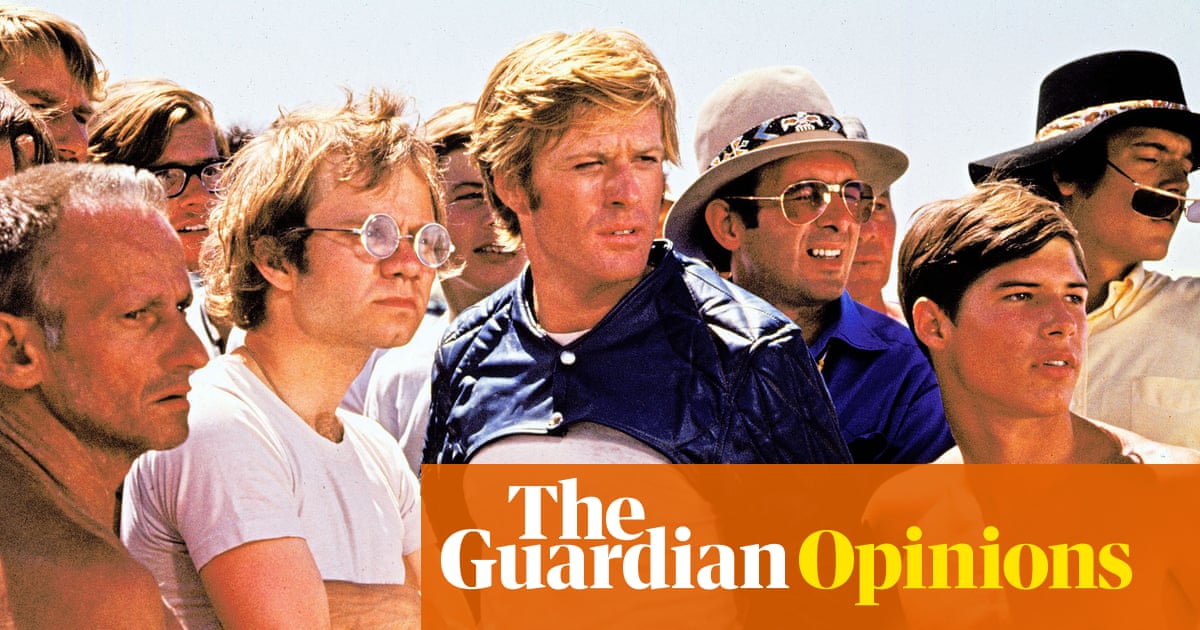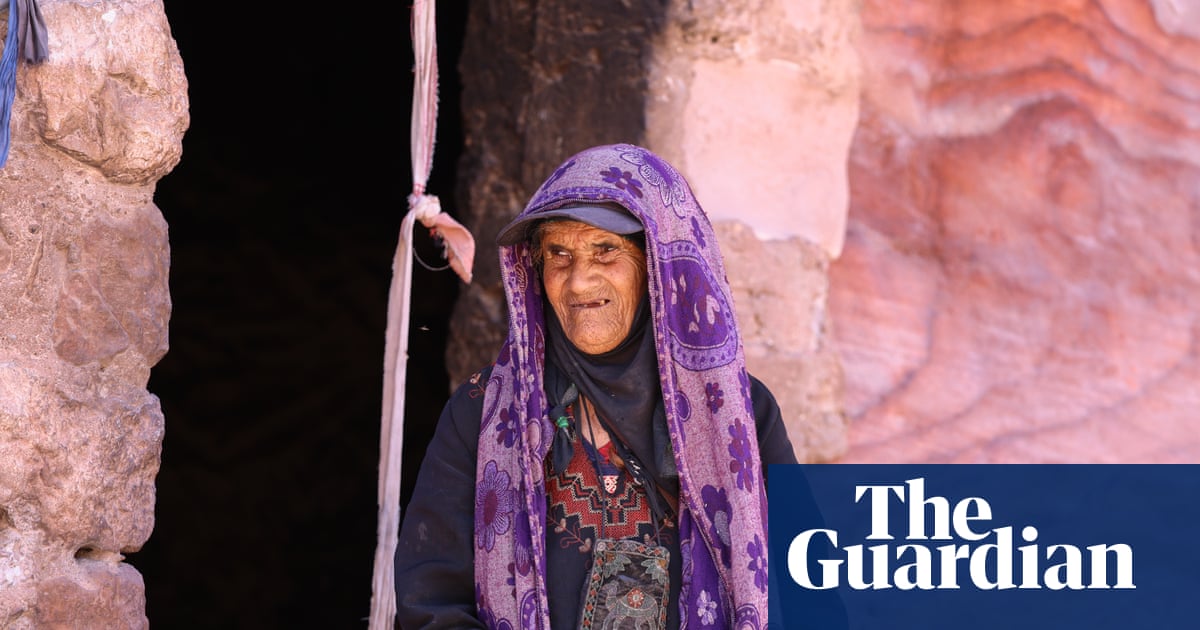“In 19ft turn slightly left,” said a robotic voice from the iPhone in Moshfique Ahmed’s hand as he tried to find a seat at Lord’s cricket ground in London.
“Take the stairs,” it said as Ahmed, an England visually impaired cricketer, tapped his white cane on his way towards the Edrich stand without any other assistance. “There is one landing. Turn to nine o’clock at the bottom of the stairs. You have arrived at row five.”
Ahmed was one of the first people to try new wayfinding technology installed this week at Lord’s to help blind, partially sighted and disabled fans to better access live sports.
Waymap, the company behind the app-based navigation tool, claims the 31,000-capacity cricket stadium is the world’s first sports arena to be fitted with a personal GPS that aims to offer a fine-grain version of traffic satnavs for stadiums, shopping centres and transport networks.
Waymap used a £50,000 camera to scan every staircase, walkway, slope, doorway and concourse to create a digital twin of the historic cricket ground, allowing its app to guide people metre-by-metre to their destination.
It has been installed in advance of next month’s England v India Test match. The Marylebone cricket club, which runs Lord’s, believes it could also help other cricket fans find the most accessible routes around the complex.
“The idea is amazing for blind people,” said Ahmed, who tested the app at the Guardian’s request after playing in an exhibition match on Wednesday. “If it works 100% properly, I can come to the train station myself, I can cross the road myself and I can come to the stadium and find my way with the app. I know so many people who are into sports but don’t go. This would push the door completely open for them.”
It was the first time he had used the app and there were a couple of false starts – it briefly suggested he head in the wrong direction and once directed him towards a staircase that was temporarily closed. It also stopped him at row 20 of the Edrich stand instead of row 5 as instructed.
But the problems appeared to be as much down to the app and the user getting used to each other. For example, the app needs to be calibrated to the individual user’s stride pattern, which explained why it had directed him to the wrong row.
“It needs to be accurate and trustworthy,” said Ahmed, who lost most of his sight in 2017.
Celso Zuccollo, the chief executive of Waymap, said: “Waymap is a new way of navigating. It usually takes a few walks for new users to learn how to use the app most effectively – and for it to learn your walking style. The more you use it, the better it gets.
“The goal would be [to extend it to places like] Wembley, football stadiums and cricket stadiums, and we’re in talks with horse racing tracks,” he said, adding that property managers could update the maps in real time if food trucks were positioned in different areas or certain pathways were closed.
The app, which is already available for users of the public transit system in Washington DC, does not alert the partially sighted user to the movements of other members of the public, particularly those wandering around looking at their phones, whom Ahmed said were still the biggest obstacle to him getting around safely and comfortably.

 2 months ago
64
2 months ago
64

















































